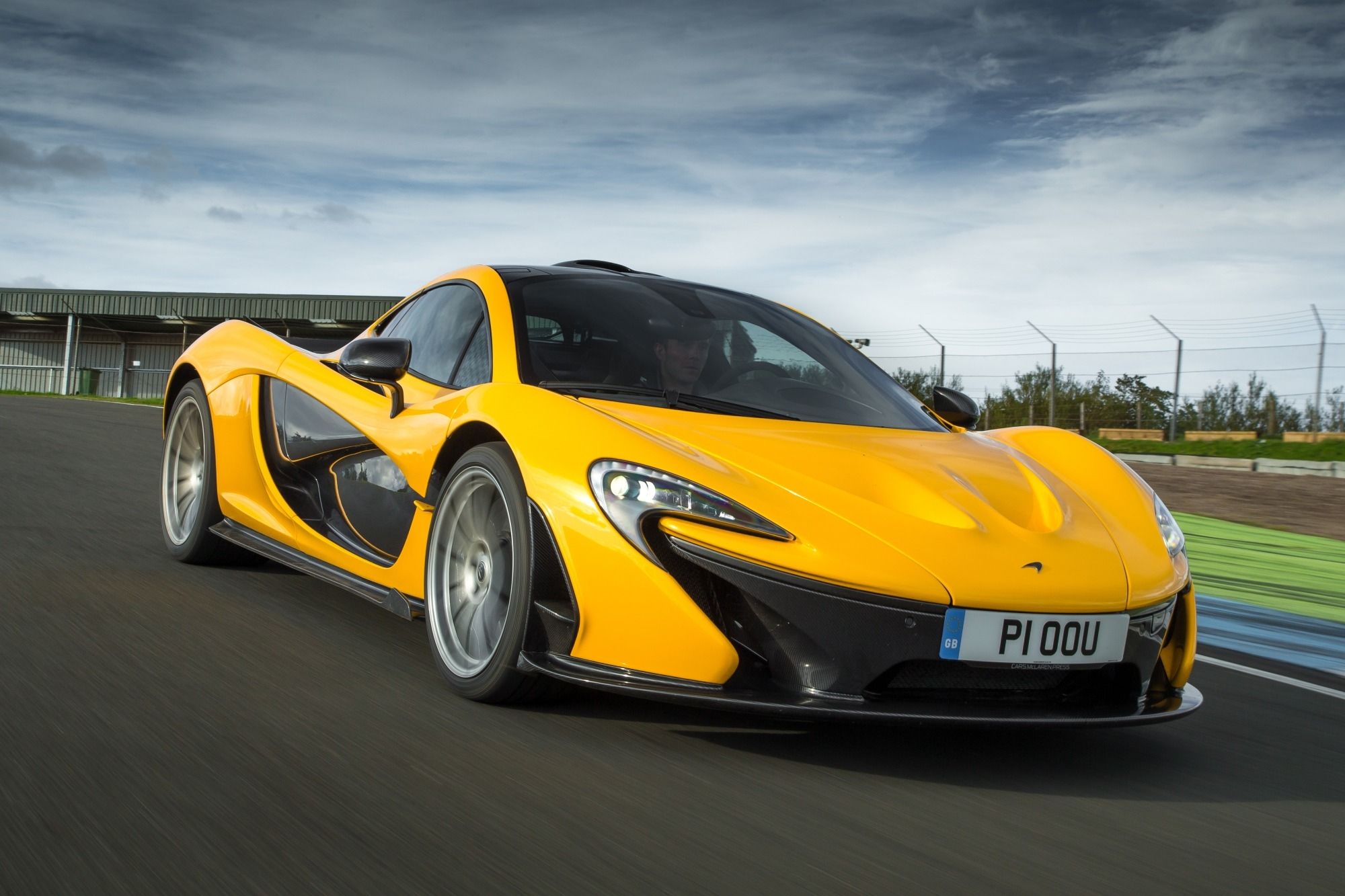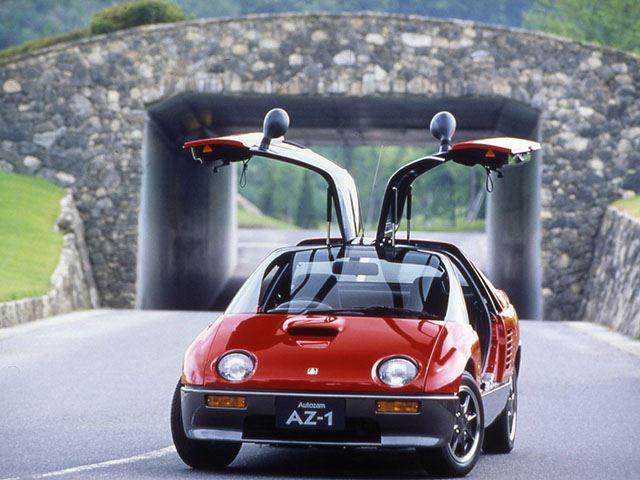
In America, if you start saying "Autozam" the person who hears you will probably call an ambulance because they think half of your brain is dying. In Japan, however, Autozam is recognized as a brand that was invented by Mazda in the late 1980s. Sadly Autozam no longer exists, thanks to a recession that hit Japan in the early 1990s. Autozam specialized in what are called kei cars, which are tiny, small displacement Japanese cars that have to comply with certain rigorous size regulations.
Kei cars can be designed as either sports cars or microvans/pickup trucks. Currently kei cars are made by several brands including Daihatsu and Honda. This category of Japanese cars saw the genesis of several interesting vehicles in the early 1990s, one of which was the Autozam AZ-1, manufactured from 1992-1994. Ever heard of it? You certainly, probably, most likely have not. This was the brainchild of Suzuki, but was sold under Mazda's brand Autozam. It's confusing, but try to keep up because the car just gets more interesting from here. It was mid-engine, rear-wheel drive and powered by a 657cc three-cylinder engine. It made 47 kw (or 64 horsepower) and get this: it was turbocharged.
They were sold only with manual transmissions, in two colors (black or red), and had gullwing doors. Its steel frame construction put the curb weight at just barely over 1,500 pounds and weight distribution was 45:55 (front and rear, respectively). Mazda made a few prototypes before putting the AZ-1 into production. Type A had pop-up headlights, a front air vent and Ferrari Testarossa-style side strakes. Type B, as the tuned sports version, had a racing interior and dual exhaust (yippie). Type C was inspired by Mazda's race car prototypes, which eventually competed in sports car racing. The Type C had brake discs that were more ventilated, a bigger air intake and its wing mirrors took inspiration from the race car prototypes.
Of all these prototypes Type C was the winner and went into production, selling for 1.498 million yen. That's $12,400 at the time. The car could get to 60 mph in just over nine seconds and pulled a 16-second quarter mile. For such a cool car it was only made for two years. What happened to it? And why did it not reach America? The AZ-1 rolled off the assembly line and right into the Japanese recession, which had hit very hard by fall of '92. Compared to its kei car brethren, namely the Suzuki Cappuccino and the Honda Beat, the AZ-1 was far too expensive. In 1994 production was halted after just 4,392 models. This makes it the most rare of the kei sports cars. It's really too bad, but kei cars would never take off in America anyway.
That's probably due to the fact that massive SUVs seem to be the way of the market nowadays. No doubt on the downhill the AZ-1 would be a beast, and tuning options would probably be in good supply. Not only that, the engine bay has a ton of space. Engine swapping might have been not only a possibility but encouraged. Imagine swapping the engine from a Suzuki GSX-R 750? 140 horsepower in a car that weighs 1,500 pounds. Ludicrous. You may be able to find one if you're lucky, but there's no telling how expensive it's going to be.

